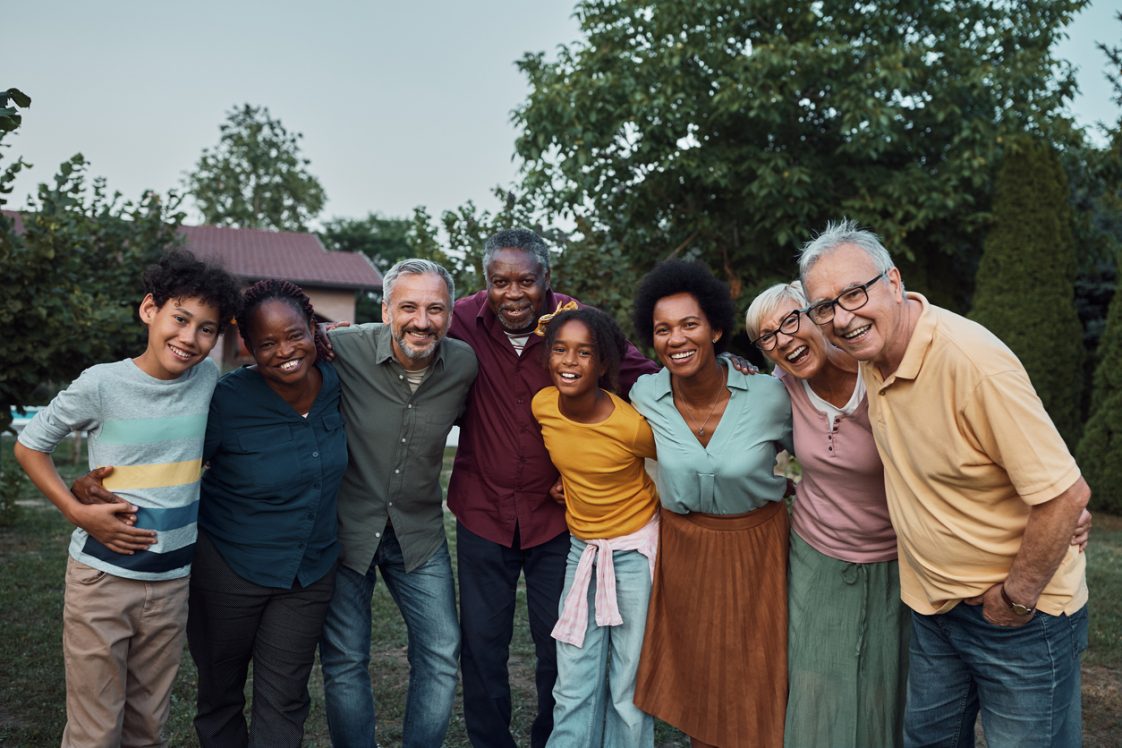Home & Family

The concept of family has evolved throughout the years. Life is not the same as it was 50 or 60 years ago because family dynamics have changed. The traditional idea of family has been transformed to more than just a father and a mother raising their biological or adopted children. Today, there are several forms of nontraditional families including the following:
- Blended families
- Divorced, cohabitating, and same-sex couples
- Single parents by choice
- Families with adopted, foster, or stepchildren
- Grandparents raising grandchildren
- Children who care for aging parents
Nontraditional Families by the Numbers
- Grandparents raising grandchildren is one of the more common types of nontraditional families. The Census Bureau (2019) reports there are an estimated 2.3 million grandparents raising grandchildren, but that number may be higher. In Alabama, approximately 121,147 grandparents are living with grandchildren. Nearly half of these grandparents are still in the workforce and are responsible for raising their grandchildren.
- Foster parents make a lifetime commitment to adopt foster children. The United States Children’s Bureau estimates that 391,000 children are in foster care in the United States with 6,000 of those children living in Alabama alone (2023). A third of foster kids are expected to be adopted by their foster parents to form yet another example of nontraditional families.
- While the concept of nontraditional families is not new to mainstream America, television shows such as The Brady Bunch and Modern Family featured nontraditional families, such as blended and same-sex families. It is believed that at least 40 percent of blended families in the country have a least one child from a previous relationship, and an estimated 1,300 stepfamilies are formed daily.
- Furthermore, as state and federal laws change, so have family structures. For example, same-sex couples are raising children, whether adopted or biological. In 2021, Statista reported that 14.3 of same-sex couples had their own children residing with them. Same-sex couples are also more likely to adopt. An estimated 43.3 percent of the children being raised by same-sex couples are adopted.
- Nontraditional families also include adult children who care for their parents. Over 65 million Americans care for an older family member or friend, and 29 percent of older adults live with their caretakers.
Family Dynamics
The term nontraditional families is an accurate description of many thriving families in America and around the world. Children raised in nontraditional families may be as successful and happy as those raised in the traditional family structure. What makes a strong, healthy family is not the composition of the family, it is factors such as open communication, spending quality time together, resolving conflicts in a nondestructive manner, and accepting one another. The National Academy of Sciences also adds that parents, whether traditional or nontraditional, should be concerned about the health and welfare of children, instill good social skills, and allow for intellectual growth and freedom.
Interacting with Nontraditional Families
With change comes acceptance or rejection, but also support and understanding. As society continues to interact with nontraditional families, awareness of their existence is the first step toward understanding and acceptance. For service providers, on the other hand, the challenge comes in offering support, resources, and educational programs that are more inclusive and representative of all families, traditional and nontraditional.

